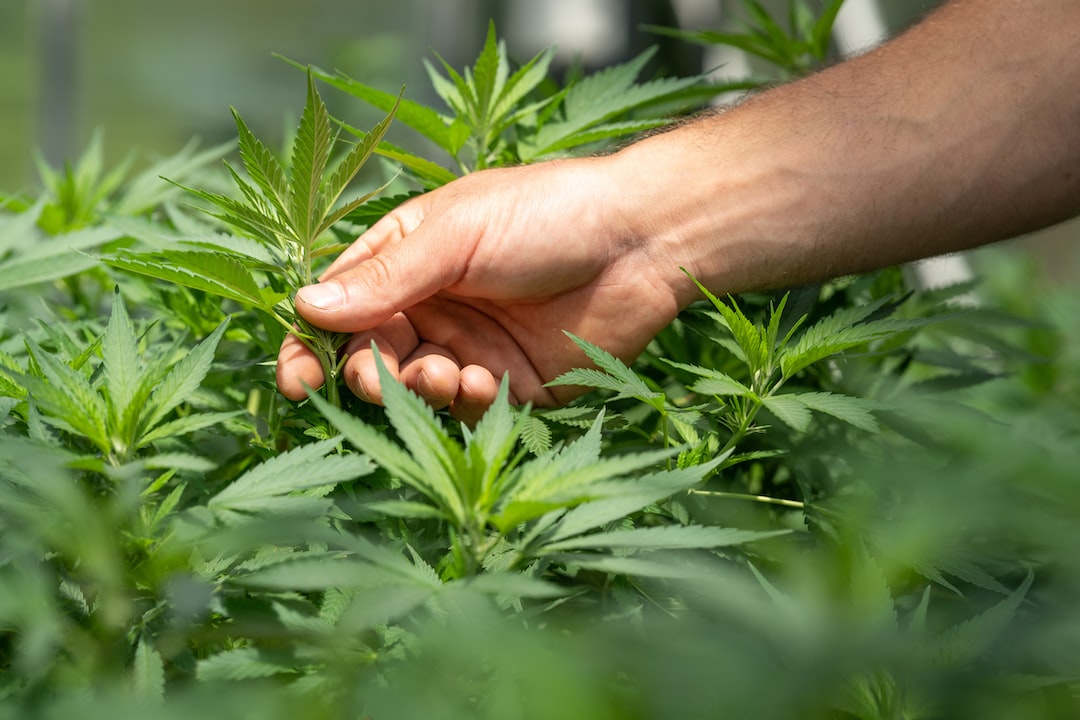The Benefits of Cannabis-Infused Edibles For Pain Management and Sleep
Getting a good night’s rest is crucial to overall health. Many people suffer from sleep issues because of chronic pain, anxiety, or medical conditions like insomnia. Cannabis has been shown to relieve sleep and pain disorders. It can be ingested in various ways, including smoking, vaping, and tinctures. However, edibles take longer to kick in than other consumption methods.

Sleep
With the recent legalization of cannabis, edible products have skyrocketed in popularity. Ingesting cannabis by mouth allows for a more gradual yet longer-lasting “high” and avoids the health risks associated with smoking or vaping. Edibles can come in the form of tinctures, liquid extracts that can be added to food or drinks or placed under the tongue (sublingually) for fast-acting results.
Another popular way to make cannabis infused edibles is to use cannabis butter that can be added to recipes or eaten on its own. This product is made by melting unsalted butter with cleaned and dried marijuana buds in a double boiler. The resulting infused butter, or cannabutter, is then used to add THC to other foods and beverages like brownies and cookies.
Sedation
For a good night’s rest, edibles are an ideal way to get a natural, long-lasting sleep aid. As many as 85% of cannabis users report that it helps them sleep better. Aside from the natural soothing effects of CBD and THC, cannabis also contains a wide array of phytocannabinoids (other plant compounds that interact with our endocannabinoid system), terpenes, flavonoids, and other nutrients, all of which have an impact on how you feel when using cannabis. This is often referred to as the entourage effect. The varying strains of marijuana also have an effect. Still, most experts agree that the difference between indica and sativa doesn’t factor into pain relief or sleepiness unless you’re talking about specific, high-THC or low-THC products labeled more sedating than others.
For those new to the world of edibles, it’s recommended that you start with a lower dose, like 2 to 3 mg of THC, and work your way up over time to see how much you can tolerate. This is the best way to find your optimal edible dosage and not have any surprises or overdoses. Remember that it may take 6 to 10 hours for your cannabis to reach peak effectiveness.
Pain Relief
The cannabinoids in cannabis work with your natural endocannabinoid system to deliver a trove of health benefits, from pain relief and stress support to sleep enhancement. But not all cannabinoid products are equal. Ideally, you want to choose the right type of cannabis for your specific symptom or condition and the best way to consume it.
A popular format for medical cannabis edibles is a capsule, which provides an easy-to-dose dose and shelf stability. A lozenge-shaped troche is another option. This small, edible form delivers a precise THC dose with delicious flavor. When sourcing your cannabis, look for organic or non-GMO ingredients. You should also consider whether the product has been decarboxylated, which is a process that converts raw plant material into the psychoactive Delta-9 THC by heating it at a low temperature over some time. Your best bet is to use a high THC and CBD strain for cannabis-based pain treatment. Studies have shown that a combination of these two cannabinoids is more effective than either one on its own. If you have chronic pain, you must speak with your doctor about medical options, including marijuana. If your doctor recommends marijuana, purchasing your product from a Health Canada licensed producer is best. This ensures you have a document that proves you are authorized to consume marijuana for medicinal purposes and that a lab has tested the product you receive to ensure it’s safe and pure.
Anxiety Relief
In addition to pain relief, cannabis has been shown to have a strong calming effect. The cannabinoid CBD may reduce anxiety and depression by altering levels of the neurotransmitter serotonin in the brain. It is believed to have similar effects as SSRIs but without the side effects. Capsules may not seem like the most obvious form for a cannabis-infused edible, but they’re growing in popularity. These shelf-stable products provide a convenient way to consume a precise, consistent dose of cannabis medicine. This is especially helpful for first-time consumers and those who want to microdose.
To create a cannabis-infused capsule, the raw plant material must be decarboxylated (heated to convert the inactive THCA into active Delta-9 THC). This process is called “decarbing.” It’s best done in a low-temperature oven or infusion. Then, the decarbing product must be infused with a fat-soluble ingredient, such as butter or coconut oil.
Edibles take longer to reach their peak effect than smoked or vaped cannabis. This lag time can also vary based on the size of the edible, its THC content and composition, whether it contains CBD or not, and your metabolism. When trying THC edibles for the first time, it is recommended to start small and increase your dosage slowly. This allows you to manage your experience better and avoid negative symptoms like paranoia or a racing heartbeat.


